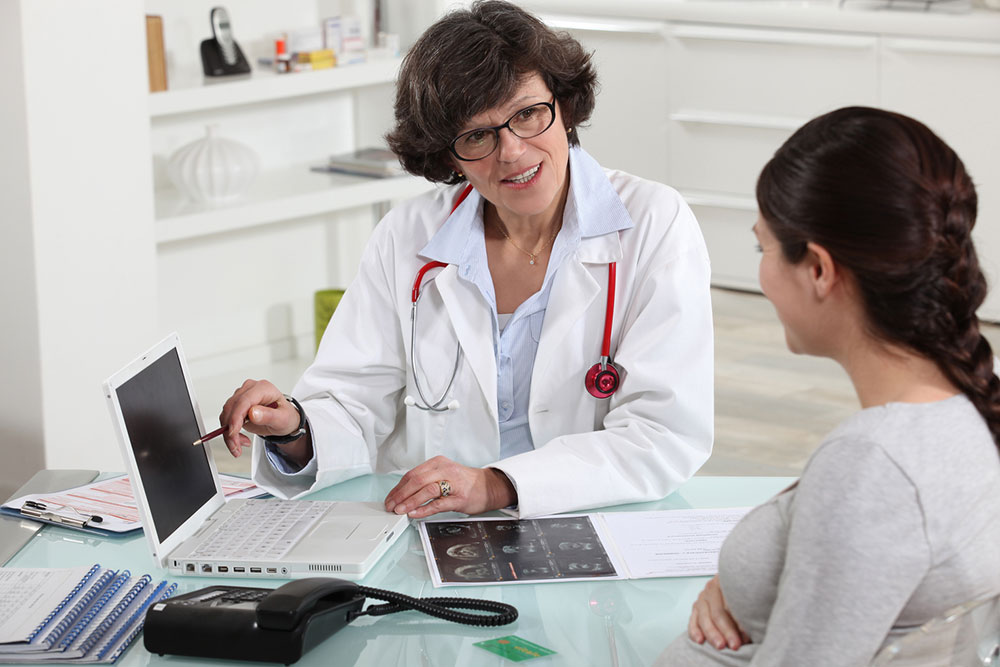Understanding Klebsiella Pneumoniae: Causes, Symptoms, and Prevention Strategies
This article explores Klebsiella pneumoniae, detailing its causes, symptoms, transmission modes, and prevention strategies. It highlights the importance of hygiene, early detection, and proper treatment for managing infections caused by this bacteria. Understanding the risk factors and symptoms can help individuals seek timely medical attention and reduce the risk of serious complications. Emphasizing hygiene and vigilance, the article provides practical tips to prevent infection and maintain health, especially in healthcare settings and among vulnerable populations.

Understanding Klebsiella Pneumoniae: Causes, Symptoms, and Prevention Strategies
Klebsiella pneumoniae is a bacteria commonly residing in the human intestines, mainly present in fecal matter. It typically remains harmless within the gut but can cause infections if it spreads to other areas like the lungs or urinary system. Recognizing the signs and causes is crucial for timely intervention and preventing serious health issues.
Causes and Risk Factors
This non-motile bacteria does not spread through air but requires direct contact for transmission. Factors that increase infection risk include:
Residing in hospitals or healthcare facilities
Use of urinary catheters
Cancer diagnosis or treatment
Other health conditions such as vascular or kidney diseases
The infection often occurs when bacteria are introduced through contaminated equipment or person-to-person contact. In hospitals, up to 12% of infections are linked to ventilator use. Personal contact involves touching wounds or contaminated surfaces.
Symptoms
Symptoms vary based on infection site:
Pneumonia: Cough, chest pain, mucus with blood or pus, fever, chills, and breathlessness.
Urinary Tract Infection: Burning during urination, lower abdominal pain, frequent or small urinations, cloudy or bloody urine, fever, and back pain. Kidney infections may cause nausea, vomiting, and upper back pain.
Skin Infections: Redness, swelling, pain, fever, and ulcers, often following wounds or surgical incisions.
Meningitis: Sudden headache, stiff neck, high fever, confusion, nausea, sensitivity to light, and seizures.
Liver Abscess: Upper right abdominal pain, fever, nausea, and diarrhea.
Bloodstream Infections: Fever, chills, and shaking, indicating bacteria in the blood.
Recognizing these symptoms early is vital for effective treatment and recovery.
Management and Prevention
Antibiotics are the primary treatment for bacterial infections; however, resistant strains may require alternative approaches. Lab tests guide targeted therapy. Completing the full course of prescribed medication is essential to prevent re-infection.
Preventive Measures
Good hygiene practices are key to avoiding spread. Regular handwashing, especially after bathroom use, before eating, wound care, or touching the face, minimizes transmission risk. Avoid contact with contaminated surfaces and seek medical advice promptly if symptoms appear. Routine checkups aid in early detection, especially for high-risk individuals.










